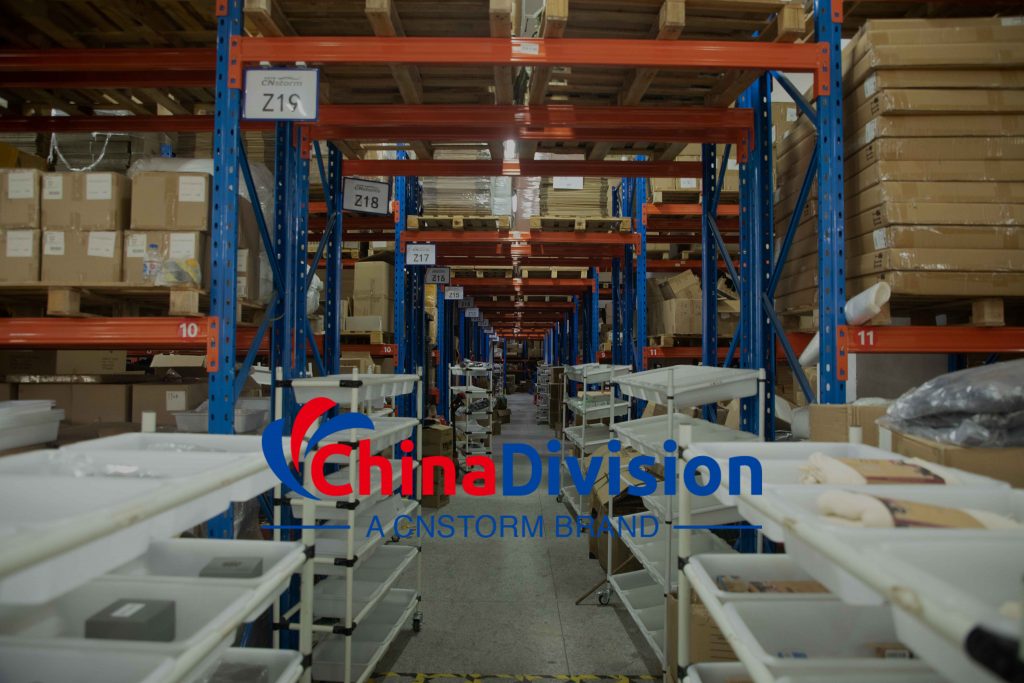How to choose the right warehouse management system(WMS)? The right solution can help your company achieve improved order fulfilment, increased inventory visibility, automated data collection, and more.
The warehouse management system(WMS) can quickly process data and assist in the movement of goods in the warehouse. This article will give you some suggestions for optimizing warehouse operations.

The benefits of deploying a warehouse management system (WMS) are as follows:
- Efficient and effective labor management
- Inventory visibility and traceability
- Accurate inventory counting
- Fewer picking errors
- Fewer returns
- Accurate reports
- Improve response speed
- Remote data visibility
- Automatic replenishment
- Improved customer service
- Minimize paperwork
Before implementing WMS, you need to make sure that your company’s future business benefits are objective. This system requires capital injection and involves operating costs. The main cost is to support the entire warehouse team and senior management to use their expertise, enthusiasm, and commitment to ensure the normal and correct use of the warehouse system and regular optimization.
WMS can help you maximize the realization of automated warehouse operations. It is not just a warehouse control system and a data collection tool. When you decide to incorporate WMS, the following seven suggestions can help you choose the best solution for warehouse operations.

1. Calculate the return on investment (ROI)
The process of continuous verification is very important because it can help you set a reasonable budget for the project and focus your energy on key parts.
2. Decision procedure
Modern WMS is highly configurable (usually configured by the end-user) and can adapt to any type of warehouse environment.
3. Do due diligence on your existing system
Regardless of whether your company’s current enterprise resource plan or business system already has WMS, you need to make a full investigation of the existing system.
4. Evaluate the internal development capabilities of each supplier
Due to the advertising and marketing nature of the WMS market, few vendors’ internal developments are feasible. A typical WMS supplier may amortize the ongoing development costs of more than 100 customers. If the overall requirement is particularly strong, or the need to integrate existing internal systems, in-house development is sometimes feasible.
5. Request information
First, prepare a short request for information (RFI) document, which describes your business, future business direction, warehouse, and warehouse plan, and outlines the goals achieved by WMS. If necessary, you can use the services of a consultant to help you.
In RFI, ask the supplier about the budgeted cost and implementation time frame. Ask for supplier information, including:
- Company History
- Financial history and status
- Number of sites using their current WMS products
- Owner of the intellectual property and source code of WMS
- Customer list
- Daily rates and support fees
- Scope of support
- Development plan
- Track record
Then send this RFI to 6 to 10 subjects. Focus on suppliers with experience in your market. A WMS provider who has no experience in this field is unlikely to have the features and expertise to help you. Focus on vendors that have track records linked to any business or ERP system you are running.
6. Assess suppliers
Select three to five WMS vendors. Price is not the main evaluation criterion at this stage, but it can be used to exclude suppliers who will exceed your budget. Meeting with suppliers will help you understand their professionalism, their ability to face your needs, and their ability to answer your questions.
7. Make a decision
Choose the best WMS supplier for your warehouse.